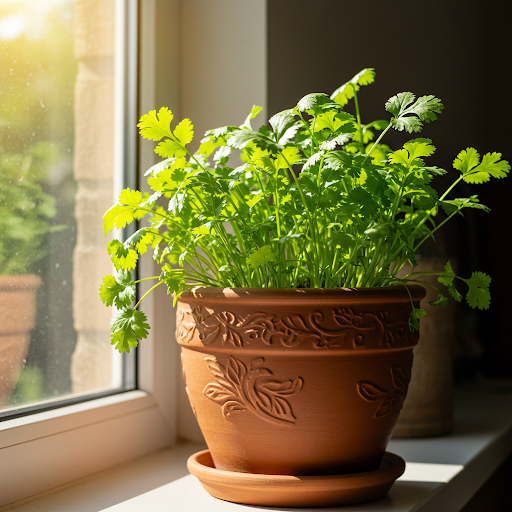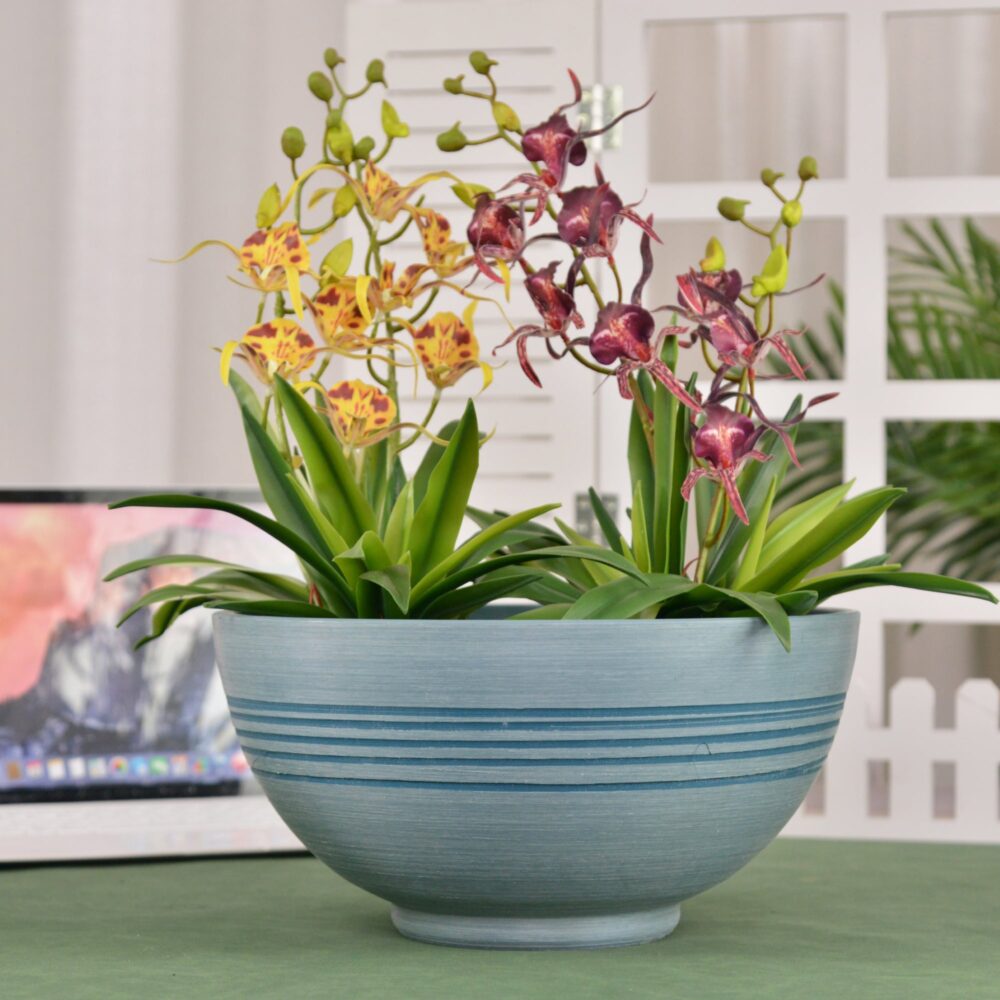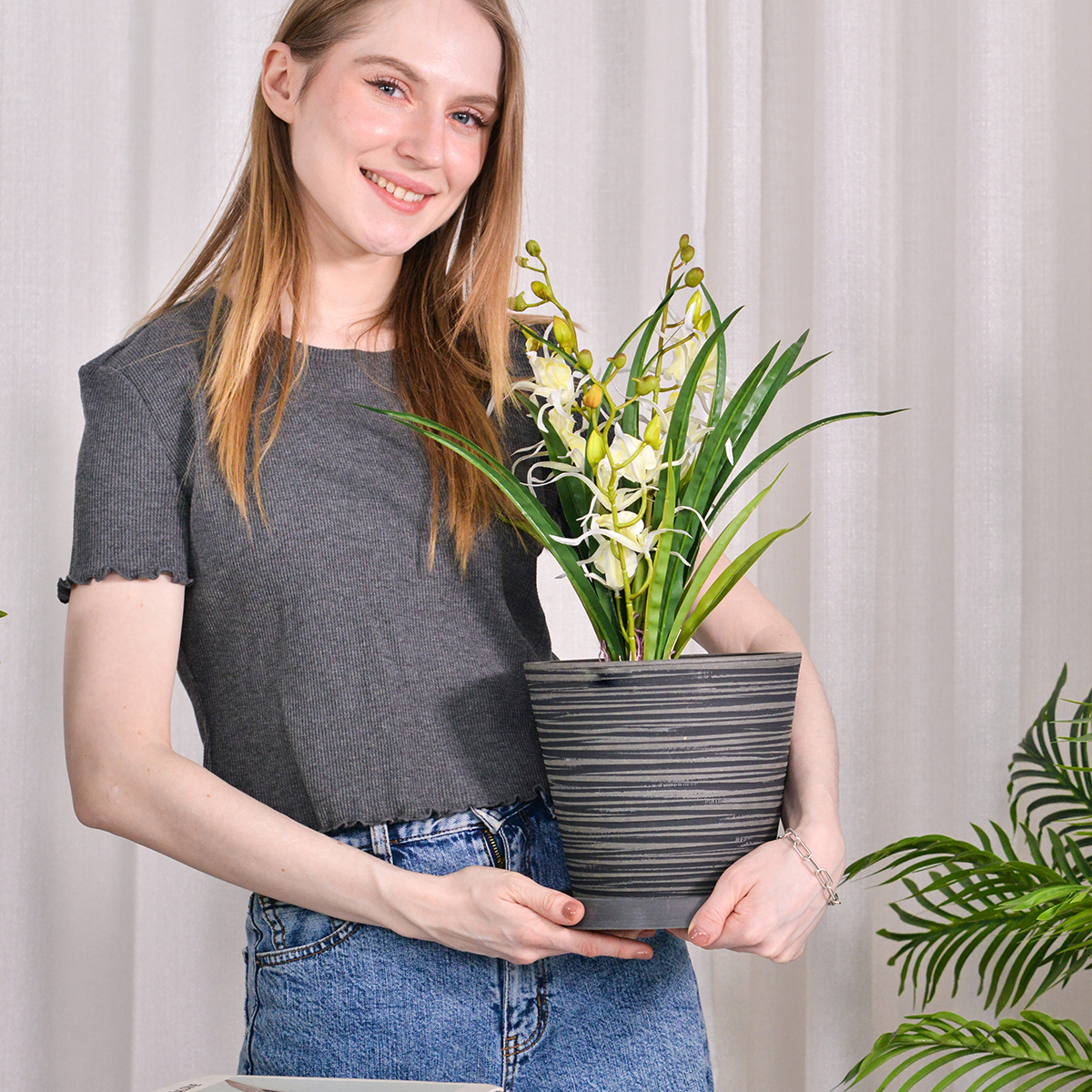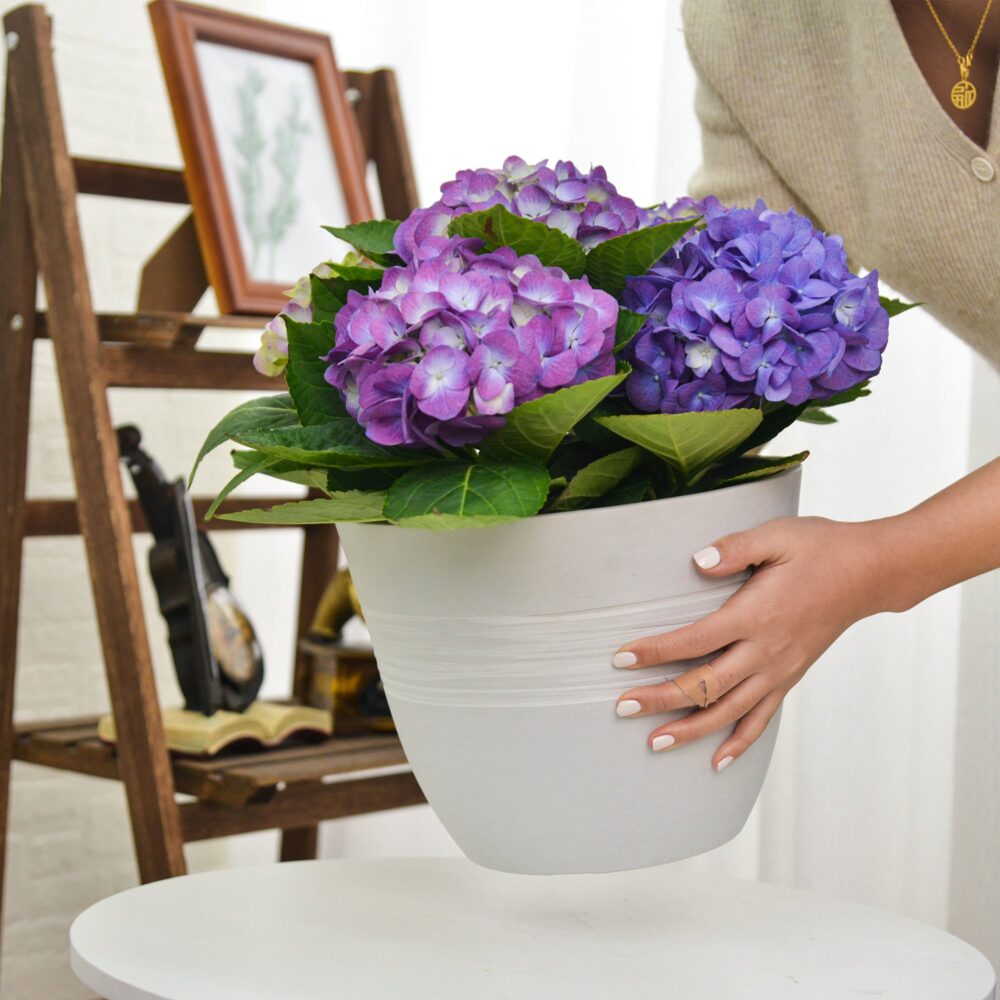Fresh from Your Kitchen: A Guide to Growing Cilantro at Home in the USA
For American home cooks, fresh cilantro is a staple in many beloved dishes, from zesty tacos and salsas to flavorful Asian cuisine. Imagine the convenience of snipping fresh cilantro right from your own windowsill or backyard garden! Growing cilantro at home is easier than you might think, and with a few simple steps, you can enjoy its vibrant flavor whenever you need it. This guide will walk you through the process, tailored for success in the American climate and gardening styles.
Choosing Your Growing Method: Indoors or Outdoors?
Cilantro can thrive both indoors and outdoors in the United States, depending on your climate and available space.
Outdoor Growing: Cilantro loves sunshine but can bolt (go to seed prematurely) in intense summer heat, especially in southern states. The ideal time to plant cilantro outdoors in most of the US is in the spring after the last frost or in the early fall. Choose a spot that receives at least six hours of sunlight daily, although some afternoon shade can be beneficial in hotter regions. Ensure the soil is well-draining and rich in organic matter.
Indoor Growing: If you have a sunny windowsill (south-facing is best) or grow lights, you can enjoy fresh cilantro indoors year-round. Indoor cilantro also benefits from consistent temperatures, away from drafts or extreme heat.
Getting Started: Seeds vs. Seedlings
You can start cilantro from seeds or purchase seedlings from a local garden center. Starting from seeds is cost-effective and allows you to choose from various cilantro varieties. Sow seeds about ½ inch deep and 1-2 inches apart. Thin seedlings later to ensure they have enough space to grow. If buying seedlings, gently transplant them into your chosen pot or garden bed.

The Right Soil and Watering:
Cilantro prefers loose, well-draining soil with a slightly acidic to neutral pH (around 6.2 to 6.8). Whether you’re using pots or planting directly in the ground, ensure good drainage to prevent root rot. Water your cilantro regularly, keeping the soil consistently moist but not soggy.During hot summer months or if growing indoors, you may need to water every couple of days. A good rule of thumb is to check the soil – if the top inch feels dry, it’s time to water.
Sunlight and Temperature Considerations for US Gardens:
As mentioned, cilantro thrives in full sun (at least 6 hours daily) but appreciates some afternoon shade in warmer US climates to prevent bolting. Ideal temperatures range from 50°F to 80°F (10°C to 27°C). Temperatures consistently above 85°F (around 30°C) can trigger bolting. Gardeners in southern states should particularly focus on providing afternoon shade or planting during cooler seasons.
Harvesting Your Fresh Cilantro:
You can begin harvesting cilantro leaves once the plants are about 6 inches tall and have several sets of leaves. The leafy stems should be at least 4-6 inches long. Harvest the outer leaves first, allowing the inner ones to continue growing. Regular harvesting can also help delay bolting. Cilantro plants typically have a relatively short lifespan before they bolt and produce seeds (coriander). Plan to sow seeds every few weeks for a continuous supply of fresh leaves.
Tackling Common Cilantro Problems:
- Bolting: This is a common issue, especially in hot weather. Once cilantro bolts, the leaves become bitter. To delay bolting, provide shade, water consistently, and harvest regularly. You can also choose bolt-resistant varieties.
- Pests and Diseases: Cilantro is generally pest and disease-resistant. However, keep an eye out for aphids or powdery mildew. Address any issues promptly with organic pest control methods if necessary.

Tips for Success in American Gardens:
- Succession Planting: Sow new seeds every 2-3 weeks to ensure a continuous harvest throughout the growing season.
- Choose the Right Location: Select a spot that meets the light and temperature requirements for your specific US climate zone.
- Container Growing is Ideal for Small Spaces: If you have limited space, growing cilantro in containers on a balcony or patio is a great option.
- Don’t Forget the Flowers! If your cilantro does bolt, the flowers are also edible and attract beneficial insects to your garden.
Growing cilantro at home is a rewarding experience that adds fresh flavor to your cooking. With the right care and attention to its specific needs, you can enjoy an abundant supply of this popular herb right at your fingertips. Happy gardening!
13 inch Planter for Indoor Plants, Set of 2 Modern Decorative Plant Pots with Drainage Hole, Cute Bowl Shape Flower Pots
By greenship-seo|2025-04-10T07:41:46+00:00January 10, 2025|Categories: Hand-carving Series|Tags: Decorative Flower Pots, Self-Watering Pots|
Planter 6 in W / 8 in W / 12 in W Indoor or Outdoor Plants, Modern Decorative Plant Pots with Drainage Hole, Decorative Flower Pots
By greenship-seo|2025-02-06T13:43:53+00:00January 16, 2025|Categories: Hand-carving Series|Tags: Decorative Flower Pots|
K2-11T
By greenship|2024-08-13T04:21:25+00:00August 13, 2024|Categories: Hand-carving Series|
Planter for Indoor Outdoor Plants, Set of 2 Modern Decorative Plant Pots with Drainage Hole, Decorative Flower Pots
By greenship-seo|2025-01-14T12:26:44+00:00January 14, 2025|Categories: Hand-carving Series|Tags: Decorative Flower Pots|
k2-21G
By greenship|2024-08-13T06:17:26+00:00August 13, 2024|Categories: Hand-carving Series|
KC2-21G
By greenship|2024-08-13T06:19:08+00:00August 13, 2024|Categories: Hand-carving Series|






